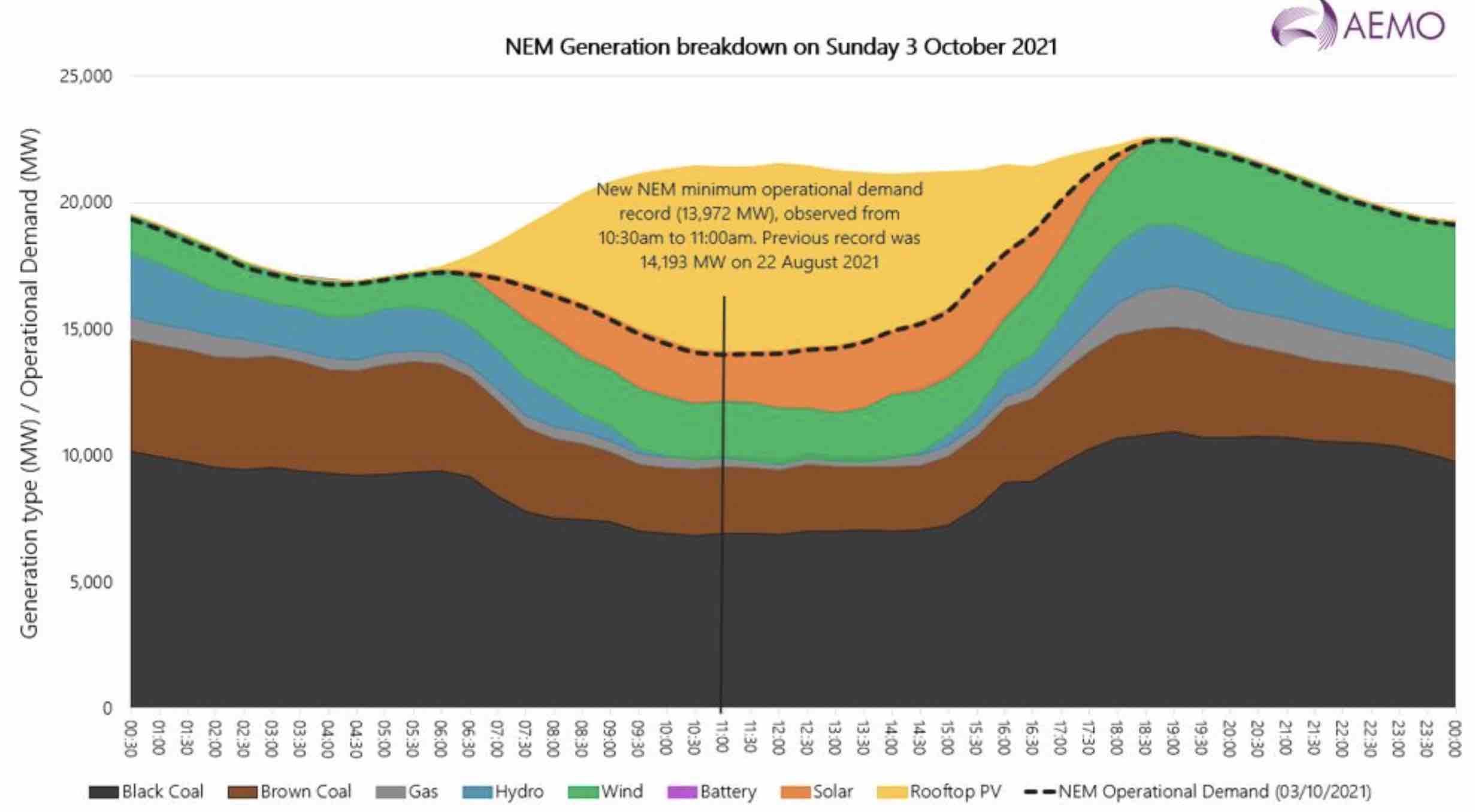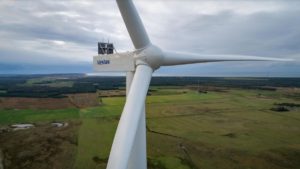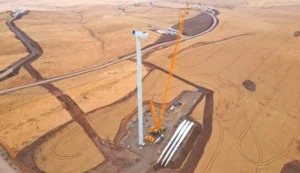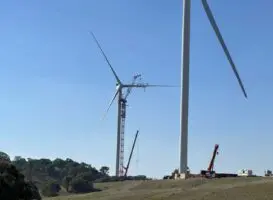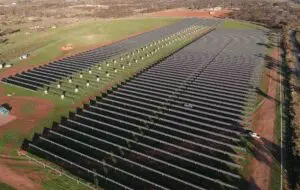Australia’s minimum demand levels plunged to a record new low on Sunday as the growing amounts of rooftop solar continued to eat into the diminishing share of large scale generators, and fossil fuels in particular.
According to the Australian Energy Market Operator, the level of “minimum operational demand” fell below 14,000MW for the first time, setting a new record of 13,972MW on Sunday morning.
This was 221MW below the previous record set in August 2021, and came as rooftop solar met 34 per cent of total energy demand and renewables met 55 per cent of total demand.
Baseload coal generators found themselves marginalised by the fall in “operational demand”. There is more than 23GW of coal capacity in Australia’s main grid, so even if coal met all of the demand at the time, only two thirds could be deployed.
As it was, less than 10GW of black and brown coal was dispatched at the time, with around 4GW of large scale wind and solar, and 7.GW of rooftop solar. Rooftop solar was the biggest single contributor by technology, although its resources are spread across millions of rooftops.
Queensland also set a new minimum for operational demand around the same time, according to AEMO, citing a new low of 3,784MW, down from the previous record of 3,839MW on July 17 this year. 2021.
Queensland has more than 8GW of installed capacity of baseload coal, although one unit at Callide C is out of action due to the recent explosion.
This has AEMO worried, because it has little or no control over rooftop solar installations, although it is seeking to do so through new inverter standards which have been introduced in South Australia, and will soon become standard in the rest of the country.
In South Australia on Saturday, rooftop solar reached 88 per cent of state demand as the contribution of solar (including utility scale installations) reached more than 106 per cent, which the surplus being exported to Victoria or stored, in small amounts, in battery storage.
AEMO last year introduced new protocols that allows it to switch off or stop exports from rooftop solar installations. This impacts new and upgraded solar systems, and so far it is likely to have around 250MW of capacity – out of total state installations of around 1.7GW, over which it has some control.

